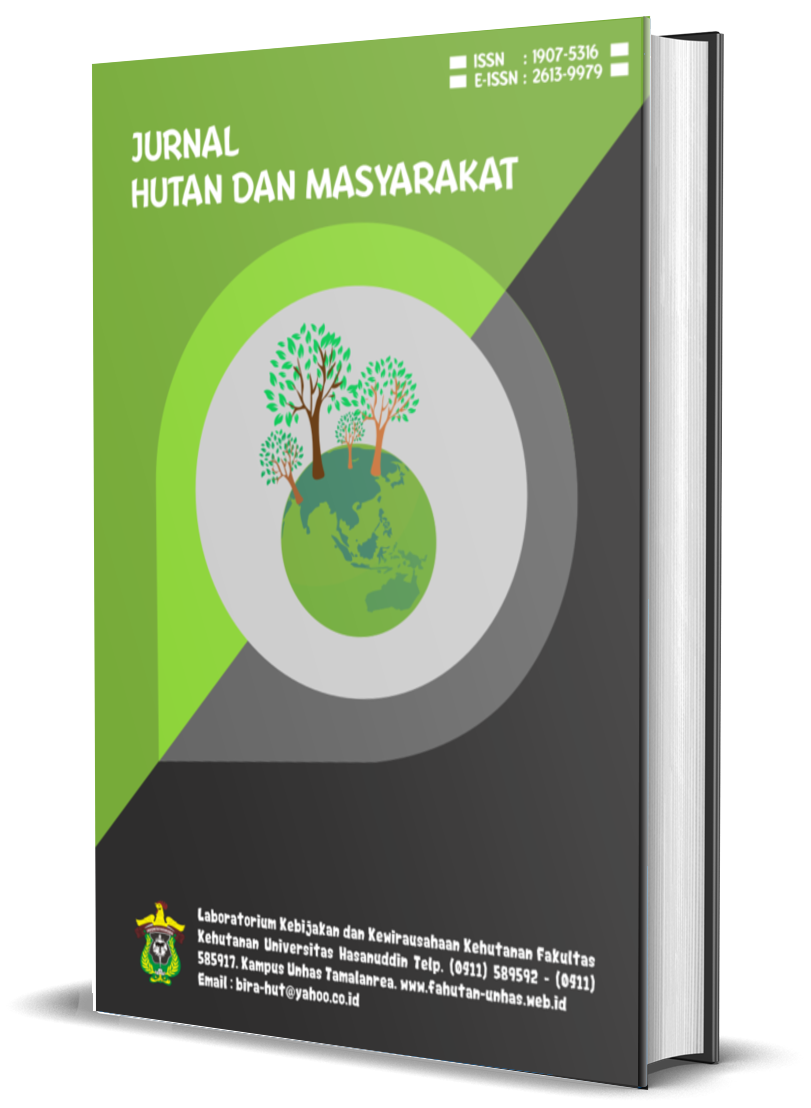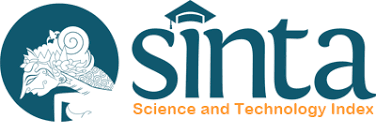Etnobotani Papan Studi Etnobotani Papan di Desa Kadubeureum Kecamatan Padarincang Kabupaten Serang Banten
Abstract
Ethnobotany is the science of interaction both directly and indirectly that explores the relationship between humans, plants, and the environment including the use of plants by the community in everyday life. Ethnobotany board is a study of the use of plants or plants as materials for building. Plants used as building materials are generally in the form of tree habitus. Parts that can be utilized as building raw materials are the leaves and stems. This study aims to determine and identify the variety of plant species that can be useful as ethnobotany of boards or building materials in Kadu Beureum Village, Padarincang District, Serang Regency, Banten. Based on the results of interviews and field observations conducted in Kadu Beureum Village, there are 7 types of plants that can be used as ethnobotany boards, Mahogany (Swietenia macrophylla), Teak (Tectona grandis), Lame / Pulai (Alstonia scholaris L.), Durian (Durio sp.), Coconut (Cocos nucifera L.), Bamboo (Bambusa vulgaris), and Reeds (Imperata cylindrica L). The data collection methods used are primary data, while the data analysis used is descriptive and qualitative analysis.













